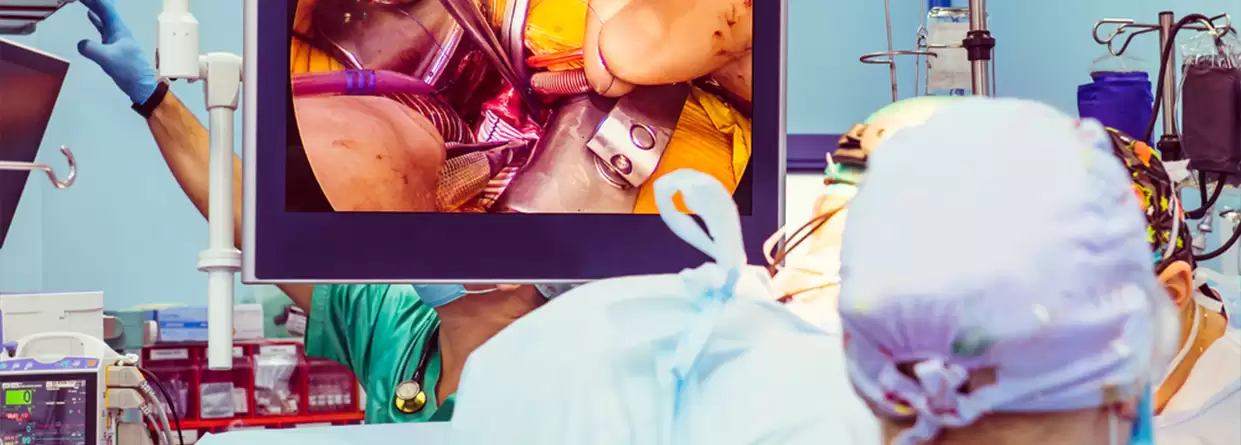
 24X7 Emergency Helpline: 07340054470
24X7 Emergency Helpline: 07340054470
Renal Sciences | Posted on 05/11/2020 by Dr. Devendra K. Sharma
Laparoscopy is a surgical diagnostic procedure used to examine the organs inside the abdomen. It’s a low-risk, minimally invasive procedure that requires only small incisions. Laparoscopy uses an instrument called a laparoscope to look at the abdominal organs.
The procedure takes its name from the laparoscope, a tool that has a tiny video camera and light on the end. When a surgeon inserts it through a small incision into your body, they can look at a video monitor and see what’s happening inside your body.
Laparoscopic entry with regard to urologic illnesses might be received via several routes viz. transperitoneal, retroperitoneal, and extraperitoneal, peritoneum is the membrane covering the abdomen.
Laparoscopic surgeries have been performed as early as the 20th century. However, technical limitations prevented the widespread use of the technique.
Laparoscopic and robot-assisted approaches in urology have fostered significant advances in minimally invasive surgery and in some instances completely replaced previously performed standard open procedures such as robotic prostatectomy and laparoscopic live-donor nephrectomies.
Transperitoneal approach: A pneumoperitoneum is established prior to a laparoscopic procedure. Pneumoperitoneum means the presence of gas in the peritoneal cavity. Usually, CO2 is used for insufflation in laparoscopy.
Extraperitoneal approach: In the extraperitoneal approach, ample space is not available as compared to the intraperitoneal approach, and therefore space is artificially created. A small incision is made at the 12th rib in the mid-axillary line; then mostly a balloon dilatation is performed for making room for the surgery.
There are a number of operations that can be performed laparoscopically in urology disorders some are-
Urologic laparoscopy is often used to identify and diagnose the source of pelvic or abdominal pain. It’s usually performed when noninvasive methods are unable to help with diagnosis.
Laparoscopy is performed when these tests don’t provide enough information or insight for a diagnosis. The procedure may also be used to take a biopsy, or sample of tissue, from a particular organ in the abdomen.
By observing these areas with a laparoscope, your doctor can detect:
The most significant advantages of laparoscopic urological surgery include:
Some of the challenges of Urologic Laparoscopic surgery are it is technically more demanding and requires a specialized team with a skill set and experience, it is also slightly more expensive but the advantages outweigh the challenges.